Top 5 Himalayan Valleys in Tibet
- Merry
- Last Updated : 10/11/2024
Although the towering Himalayas are an insurmountable barrier between the hinterland of the Qinghai-Tibet Plateau and South Asia, they have split five openings in Shigatse, forming five north-south longitudinal valleys. If most areas of the Qinghai-Tibet Plateau have little undulations or similar scenery, the five valleys are the essence of the Himalayan landscape.
From east to west, the five valleys of the Himalayas are Yadong Valley, Chentang Valley, Gama Valley, Zhangmu Valley and Gyirong Valley. These valleys serve to transport warm and humid air currents from the Indian Ocean. The mist gathers in the valleys, making the climate here warm and humid, with lush vegetation, which is completely different from the desolate plateau areas. The five valleys are a collection of natural and cultural landscapes, perfectly combining Tibet's charming natural scenery with its unique local customs and culture.
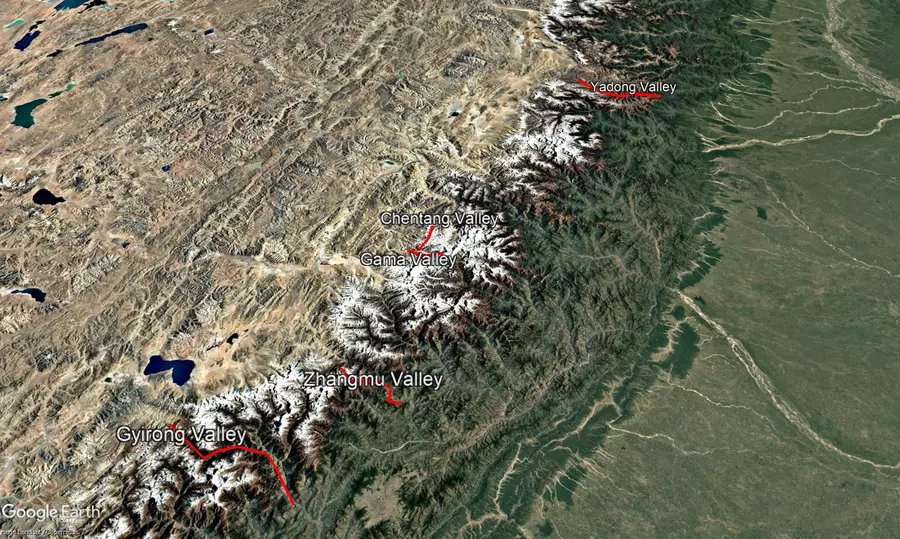
Yadong Valley
Yadong Valley is located in Yadong County, Shigatse, at the southern foot of the Himalayas. From the Himalayas to the south, starting from Gyantse County, there is the "Yadong Port" after passing through the Nathu La Pass. It is surrounded by mountains on all sides, bordering Bhutan to the east and Sikkim, India to the west. Going south from Pagri Town at 4,700 meters, the altitude changes dramatically in a short horizontal distance until it reaches Lower Yadong at about 3,000 meters. The topography, vegetation, and climate are very three-dimensional, which makes people dazzled.
Yadong Valley is the largest of the five valleys, with a crack of more than 100 kilometers, known as the "Himalaya Rift". Influenced by the warm current of the Indian Ocean, the valley has abundant rainfall, therefore it's evergreen all year round. The mountains are covered with colorful bushes, exotic flowers and plants, known as the "Jiangnan of Tibet". There is "one spring & two temples” “one lake & one mountain”, “one grassland & one forest” here: Kangbu Hot Spring & Dongga Temple, Garju Temple; Dochen Tso & Chomolhari; Pagri Grassland & Lower Yadong Primeval Forest. As the saying goes, "If you haven't been to Yadong Valley, you don't know the beauty of the Tibetan plateau"; "When you come to Yadong Valley, you will know the beauty of the east", from which you can see how beautiful the scenery here is.
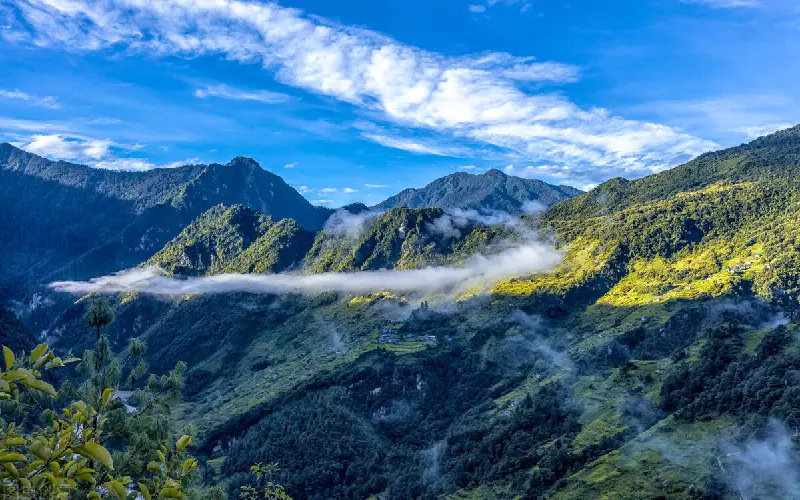
Chentang Valley
Chentang Valley is located in Dinggyê County, Shigatse, on the southern slope of the middle section of the Himalayas, with an altitude of about 2,040 meters. It is a primeval forest area on the southeast of Mount Everest. It’s the core area of the Everest National Park, only a few dozen kilometers away from the Mount Everest Base Camp.
The warm equatorial current from the Indian Ocean meets the cold plateau current here, creating a magical landscape of "four seasons in one mountain, different weather every ten miles". You can see snow-capped mountains in the distance, and dense primeval forests nearby with a rich variety of plants. The natural scenery is amazing as it's formed by mudslides or landslides. Among the five valleys, Chentang Valley is the richest in water, making it the green ocean in the Qinghai-Tibet Plateau. There are high mountains and deep valleys, with many waterfalls. You can see waterfalls like jade belts floating in the evergreen forest.
In the past, due to the lack of roads, this short distance seemed very painful & long to walk. Now, the road has been built to Natang Village, which only takes 3-5 hours to walk from Nadang Village to Chentang Town. Although Chentang Valley is called "China's last land island", it is relatively easy to enter and exit now.
Sherpas live in the rich land of Chentang Valley. The unique Sherpa culture attracts countless tourists to explore. Sherpas are the oldest mountaineers. Their extraordinary leg strength and endurance have enabled them to create most of the climbing records of Mount Everest.
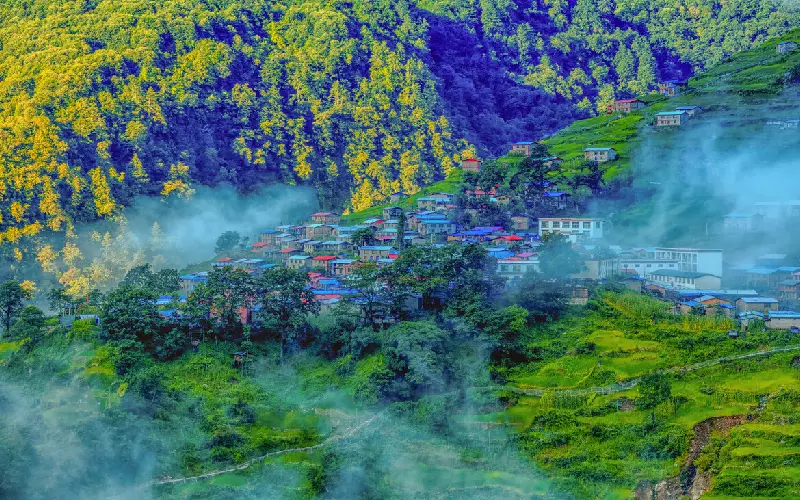
Gama Valley
Gama Valley, with an altitude ranging from more than 2,000 meters to more than 5,000 meters, starts from the Kangshung Glacier under the eastern slope of Mount Everest in the west and reaches Chentang Valley in the east, Langmala-Qula Mountains in the north, and Nepal's Bardia National Park in the south. It is the best-preserved and largest virgin forest at the foot of Mount Everest, and the hike to Gama Valley is known as "the world's top ten hiking routes". The unique landscape here has always attracted hiking enthusiasts. Gama Valley is located in the core protection area of the Mount Everest Natural Park, a world-class transnational tourist route around Mount Everest.
The relative height difference from the confluence of the Gama River and the Pengqu River at the bottom of the valley is only 2,100 meters above sea level until the relative height difference of Mount Everest reaches more than 6,000 meters. The entire valley is rarely visited by people, developed as the best-preserved and largest virgin forest in the Everest region. In addition to rich forest resources, there are also steep canyons, 8,000-meter-high snow-capped mountains and a variety of rare wild animals & plants. It is known as the "most beautiful valley in the world" from where you can enjoy Mount Everest (the world's highest Mountain), Lhotse (the world's fourth highest Mountain), Makalu (the world's fifth Mountain) at the same time and encounter many gem-like lakes.
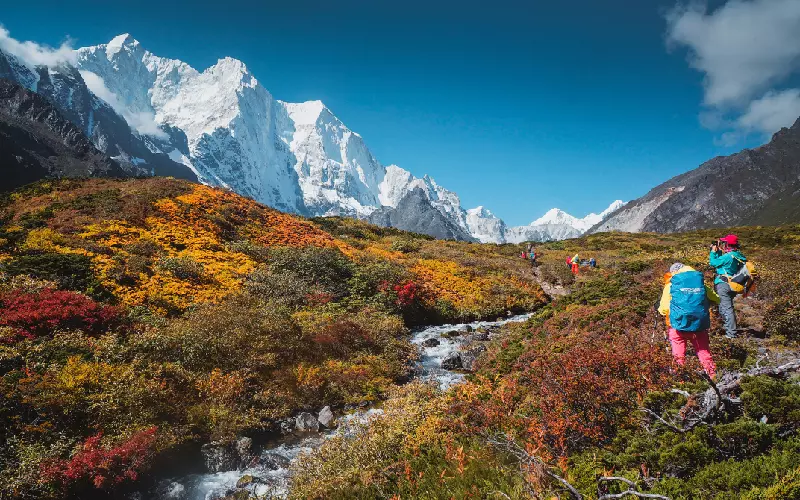
Zhangm Valley
Zhangmu Valley is located in Zhangmu Town, Nyalam County, Shigatse. It is located on the valley slope at the southern foot of the middle section of the Himalayas. It is a typical alpine canyon landform, with high mountains on the east and west sides, the Himalayas on the back and a trumpet-shaped river valley facing it. Zhangmu Valley is the end of National Highway 318. It is a valley hanging on the mountainside.
The warm and humid air currents from the Indian Ocean put Zhangmu under the control of the subtropical climate. The warm and humid climate provides good conditions for the development of mountain forests. Zhangmu Valley is the narrowest of the five valleys. The inside and outside of the valley are completely different. Nyalam County, located outside the valley is 3,700 meters above sea level, with sparse vegetation and a desolate scene. While inside Zhangmu Valley, you will see winding rivers, deep canyons, towering peaks and dense green forests, with many exotic flowers & plants. Within a short distance of 30 kilometers, the altitude of Zhangmu Valley has dropped by more than 1,000 meters. The vegetation distribution has rapidly transitioned from semi-arid alpine meadows to subtropical humid mountain forests, with great differences in vegetation landscapes and distinct layers. When the rainy season comes, the mountains are full of flowing water and waterfalls hanging from cliffs. The air is fresh and pleasant. The scenery here is as beautiful as a painting.
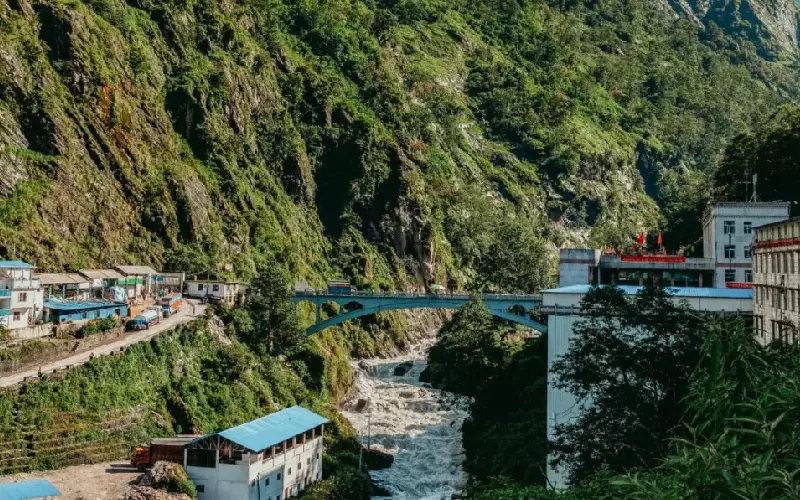
Gyirong Valley
Gyirong Valley is located in Gyirong County, Shigatse, nestled at the foot of Shishapangma Peak. It is located in the southwest of the Qinghai-Tibet Plateau. The landform here is very unique as it's been divided into two parts by the Himalayas - the northern slope and the southern slope, higher in the north and lower in the south at tertian. The north slope belongs to the upper reaches of the Yarlung Zangbo River Valley, with an average altitude of 4,800 meters. The peaks are relatively flat, with open grasslands. The height difference is about 1,000 meters.
Gyirong Valley is the most scenic and deepest of the five valleys, with the largest forest scenic area in the Mount Everest Natural Park. It is full of vitality and lush green, with more than 1,000 species of animals and plants. It is known as the "Last Secret Place in Tibet" and the "Back Garden of Mount Everest". Naixia Village in Gyirong Valley is a tourist destination under the Himalayas, so Gyirong Town is more prosperous than Gyirong County. The town contains a strong exotic atmosphere, Nepalese-style buildings, Nepalese-style restaurants, etc.
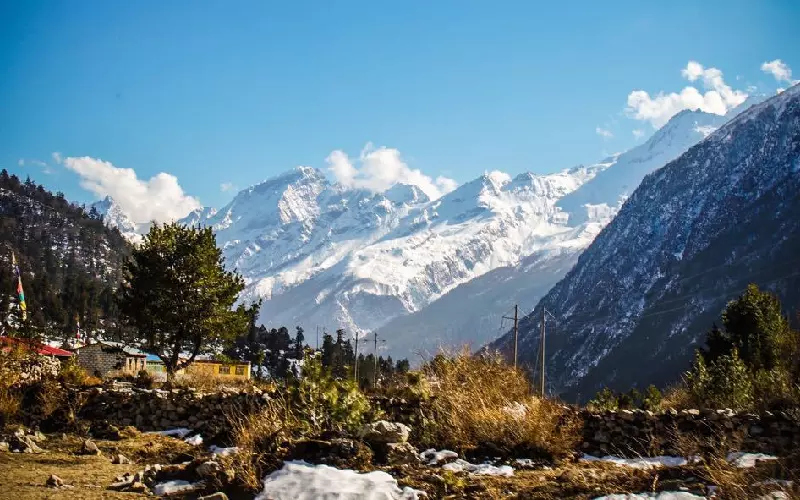
Gyirong Valley once had a famous name - Fanni Ancient Road. It was its existence that opened up the exchanges between Tibet and Nepal for thousands of years. Gyirong Town is located in the center of the ancient road. Songtsen Gampo chose to build a palace here to marry Princess Chizun of Nepal; Padmasambhava, the main founder of Tibetan Buddhism, chose this place as the first stop for his teachings in Tibet. Today, the Resuo Bridge at the intersection of Gyirong Tsangpo and Donglin Zangbo is a historical witness to the exchanges between the peoples of China and Nepal. The Gyirong Port in Resuo Village is the China-Nepal border trade channel that is still in use today.
Conclusion
The Himalayas not only have a cold side but haave green and warm side. This beauty is not displayed in the mountains, but hidden in the valleys. The Five Himalayan Valleys are not only the main transportation route between the Qinghai-Tibet Plateau and South Asia but also the prosperous and affluent place in Tibet. Don't miss it when you are traveling to Tibet.
Email response within 0.5~24 hours.


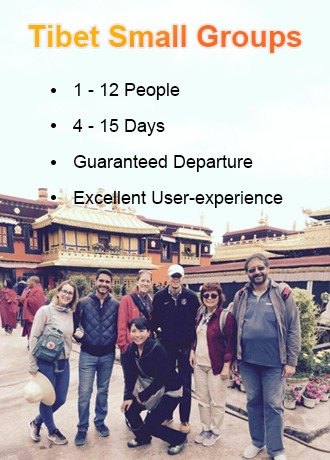
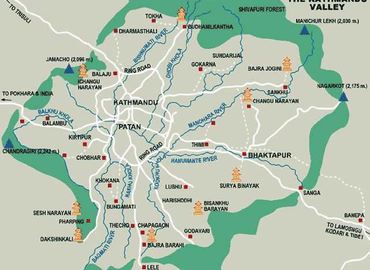
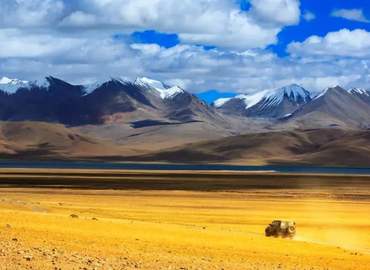
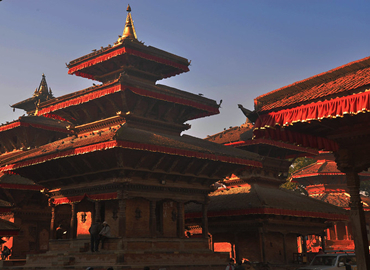
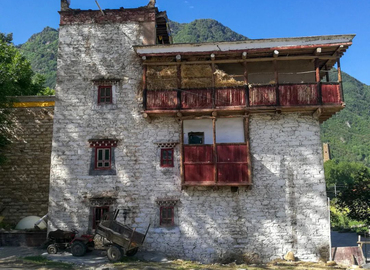

Typically Asked Questions from Our Clients
Asked by Thi ***
Hello,
I'm interested in this tour. Could you provide tours dated between July to mid-August?
Dear Thi***,
Tibet is vast, so covering all five valleys in one itinerary isn't practical. According to authorities, Yadong Valley and Chentang Valley are not open to foreign tourists. Most travelers visit Gyirong Valley. I can arrange a tour that includes Gyirong Valley for you.